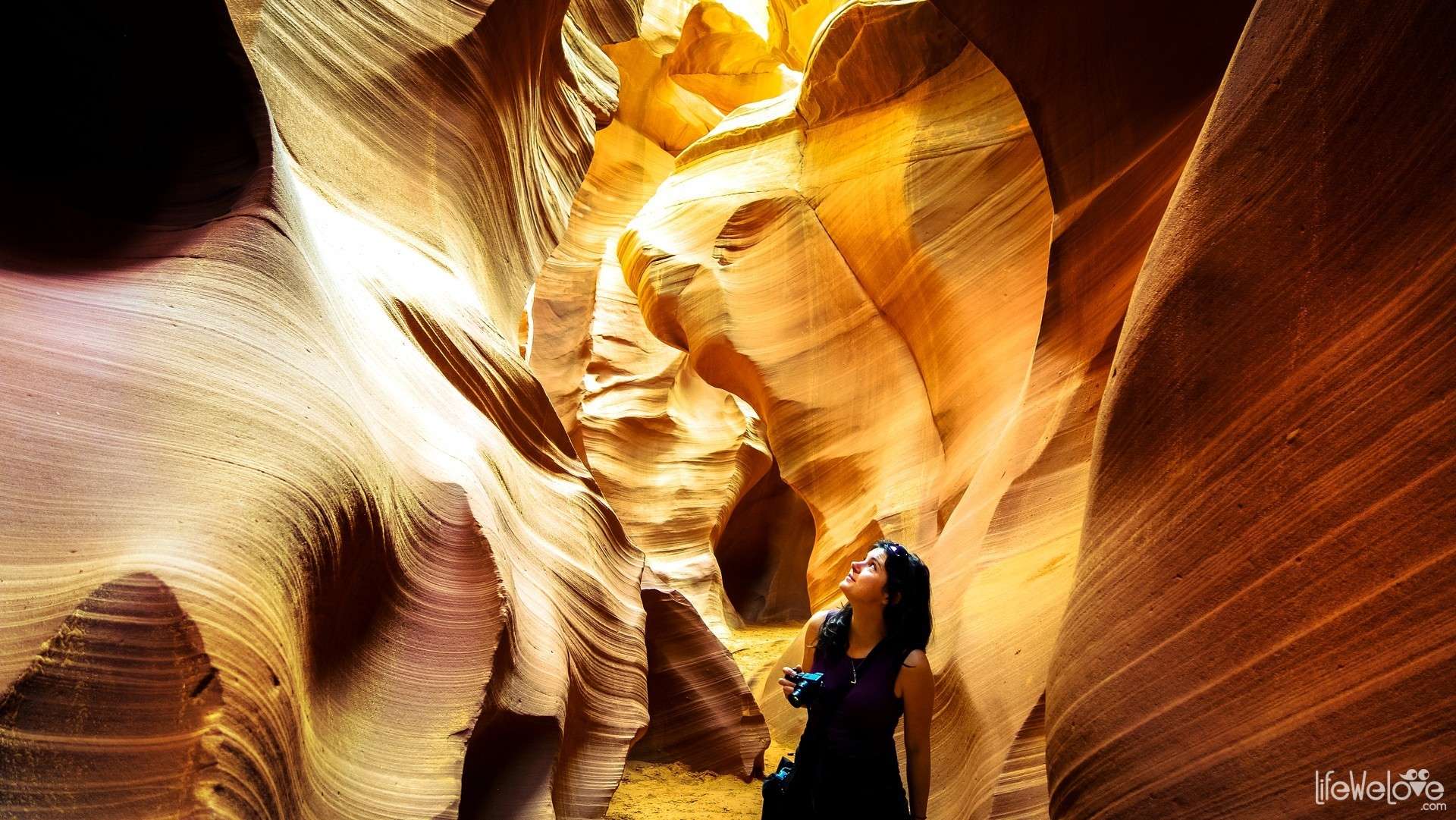
We go down steel stairs into the depths of the Earth, to the bottom of the canyon. The ladder chained to the rock must be resistant to sudden floods that periodically visit this place. Over millions of years, it is the element of water that has been carving windows and corridors of this maze with its swift stream. Walking sandy path through the slots, we catch beams of light, which get here only in the morning. It seems like they sink in a sea of orange waves frozen in a stone. Antelope Canyon is without doubt one of the greatest rock uniqueness of the planet.
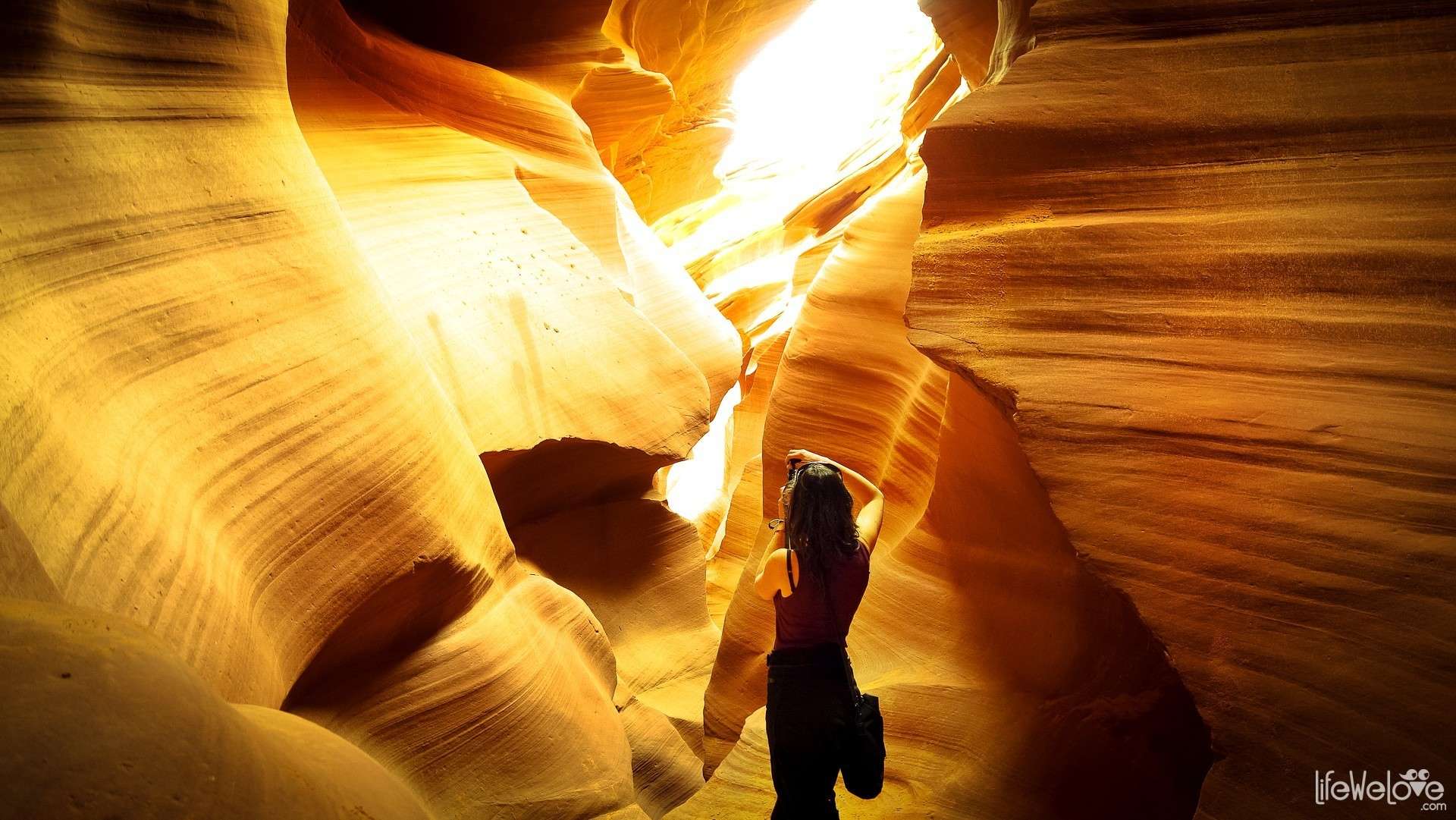
Antelope Canyon, also known as The Corkscrew is located in the United States in Arizona, near the town of Page and like a magnet attracts tourists from all over the world. Especially photographers, who love fabulous scenery of nature. Interestingly, this place is not very frequently visited by the USA residents. Perhaps because it is located within the Navajo Tribal Park, so outside national parks, which tend to have a much stronger marketing, along with developed tourist infrastructure and a separate admission card.
How much for a tour of Antelope Canyon?
To enter the Navaho Tribal Park we pay $8 per person plus there is an additional price for visiting the canyon. You can choose between the tour of Upper Canyon, which includes transport by shuttle for $40 in total and Lower Canyon (The Corkscrew), where you hike with a guide in an approximately 10-person group for a price of $20. Exploring the canyon without a guide is not allowed. It is not safe, there is always a risk of flooding caused by a sudden storm. In 1997 it killed 11 tourists. The last major flood occurred in 2006, while in 2011 heavy rainfall forced the Park authorities to close it for a few months. Young girl from Tribe Navaho, who was our guide, told us how much determination and hard teamwork it took to carry out in buckets all gravel and sand accumulated on the bottom and make the path accessible and safe for tourists.
The cost of a professional photo session in the Upper Antelope Canyon is $120. It starts at 11 o'clock in the morning, when most of the sunlight gets inside. Between 10.30 and 11.30 am is the best time to take unique photographs. It is the sunlight that completes the magic of this place.
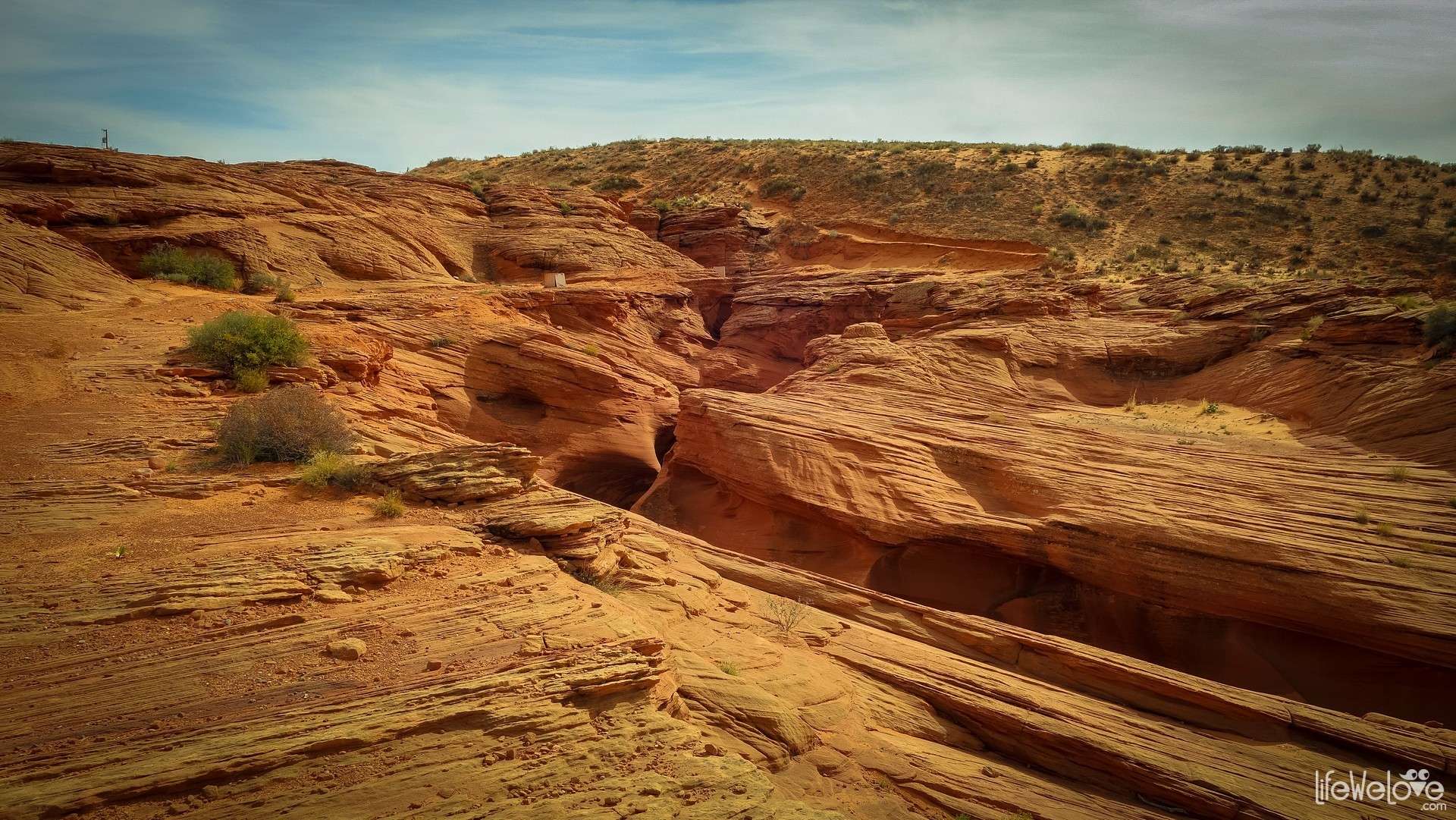
Upper and Lower Antelope Canyon – what’s the better choice?
The Internet lacks in clear information about the difference between the Upper and Lower Antelope Canyon. These are two separately ticketed areas of the Navajo Park available to tourists. First of all, the $20 difference in price makes you wonder. Well, the more expensive option ($40) of Upper Canyon includes in the price 1.5 hour guided tour with transport from ticket office by a shuttle. The bottom of the canyon is wider than in Lower Canyon and you do not need to go down and up the ladder. It is also a little bit easier to set your tripod there and capture larger beams of light coming inside. But, apparently, to have enough time and space to take truly beautiful photos in Upper Canyon, you have to purchase the professional photo tour for $ 120. Otherwise, you go fairly fast pace with a bunch of tourists around and rarely have a unique spot just for yourself.
If you cannot afford a professional photo tour, but want to take interesting pictures, Lower Canyon (the so-called "Corkscrew") seems to be a better choice. Tourists, who explored both canyons, reported that Lower Canyon was not so crowded, while its rock formations even more spectacular. It requires you to use ladders to go down and up, but you do that effortlessly, unless you are older and have some health problems. The hike takes about 40 minutes which fly by you don't know even when, while basking in the views at every turn. Moreover, you save $20 and have a better chance to be in a smaller group of visitors. And that means more opportunities for unique shots without a tail of other tourists in the background. We decided to do the Corkscrew tour and got back with a package of images displayed in the galleries below.
Just remember, apart your camera, to equip with water, especially during the summer!
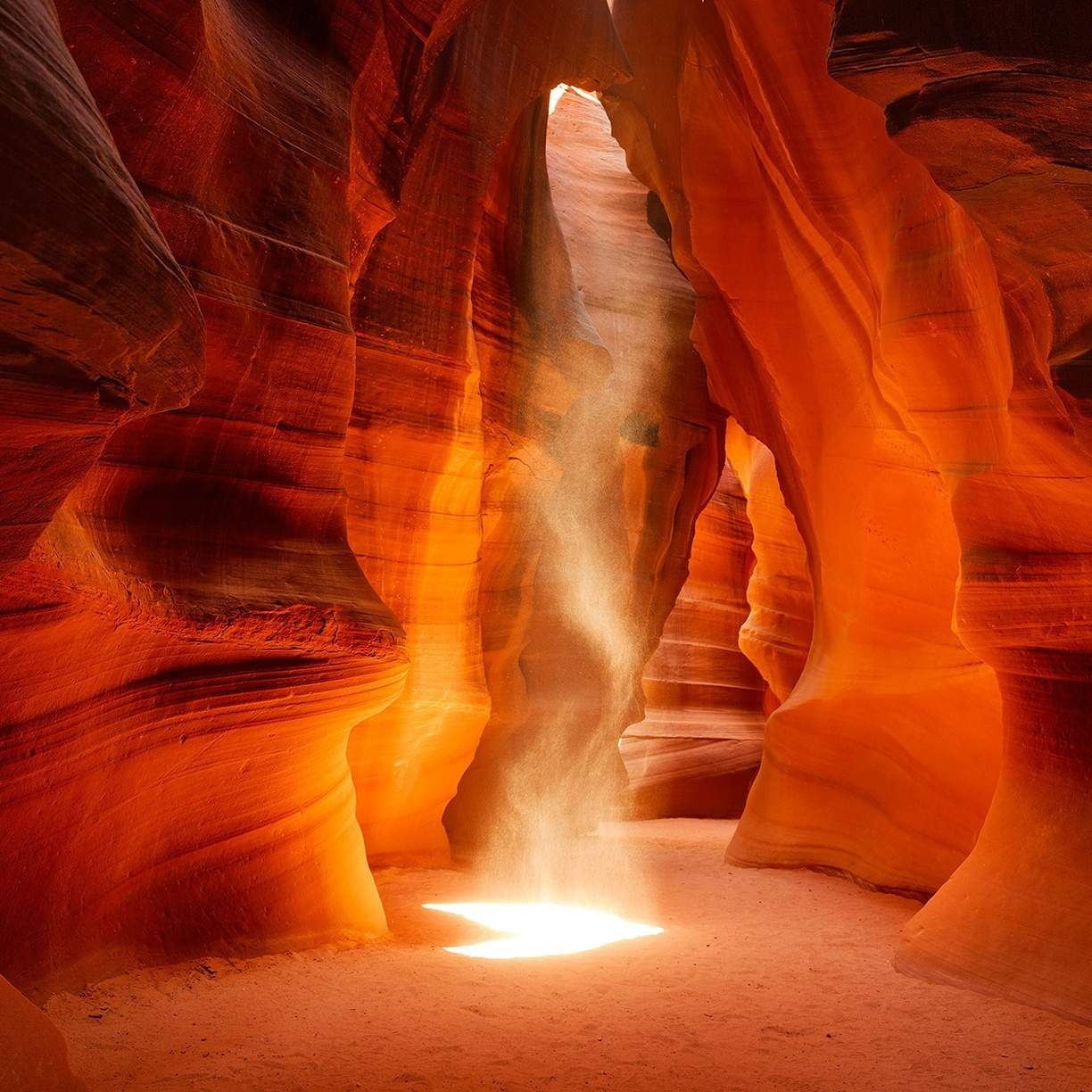

Art of rocks
A unique form of rocks owes to a periodic monsoon rainfall. The water accumulates above the canyons, then flows down the slots to Lake Powell. Navajo sandstone of Antelope Canyon is so soft and malleable that makes an ideal material for sculptural forces of nature. Over millions of years, a true art has been created here, which with added sunshine captivates every visitor.
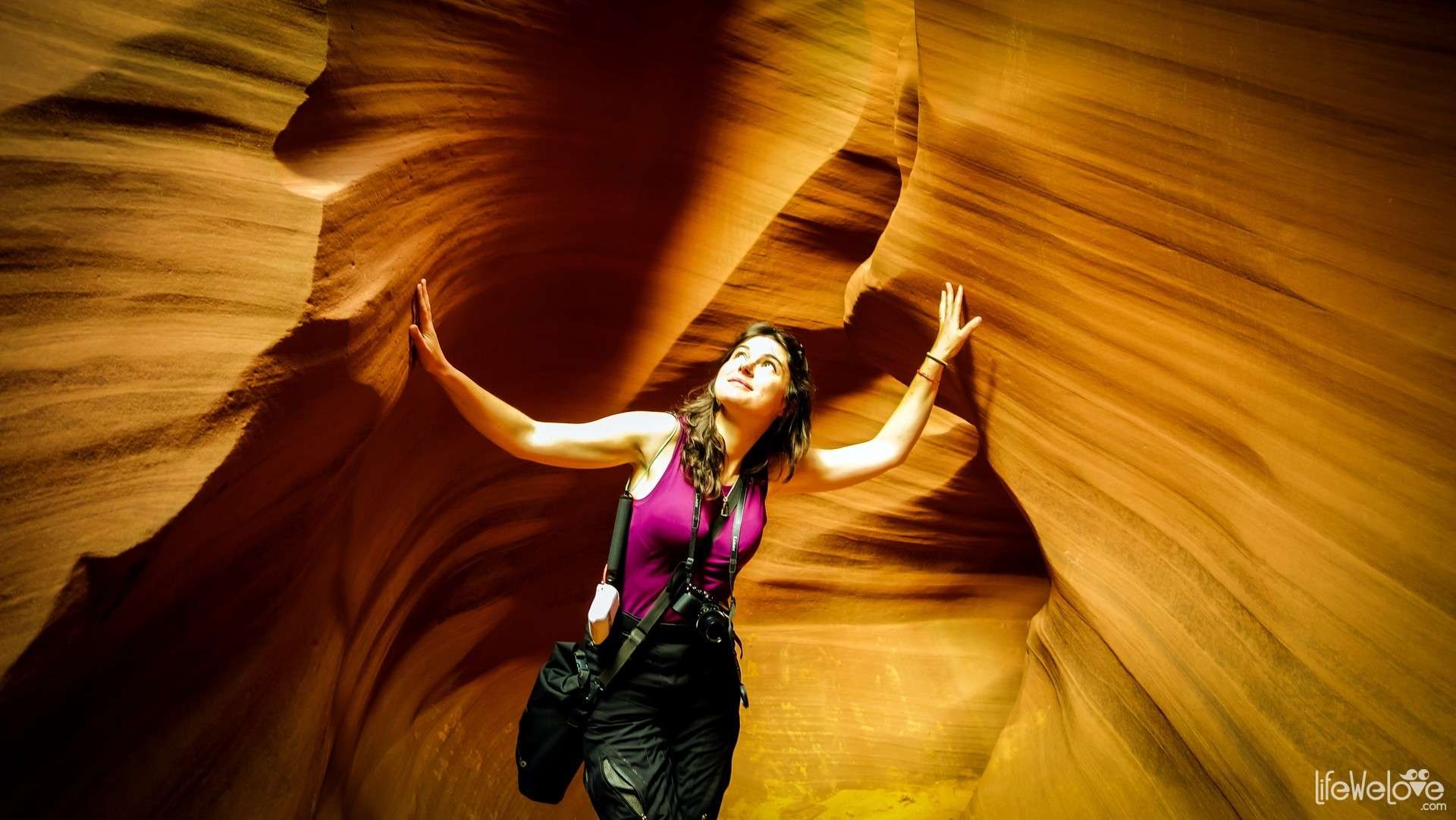
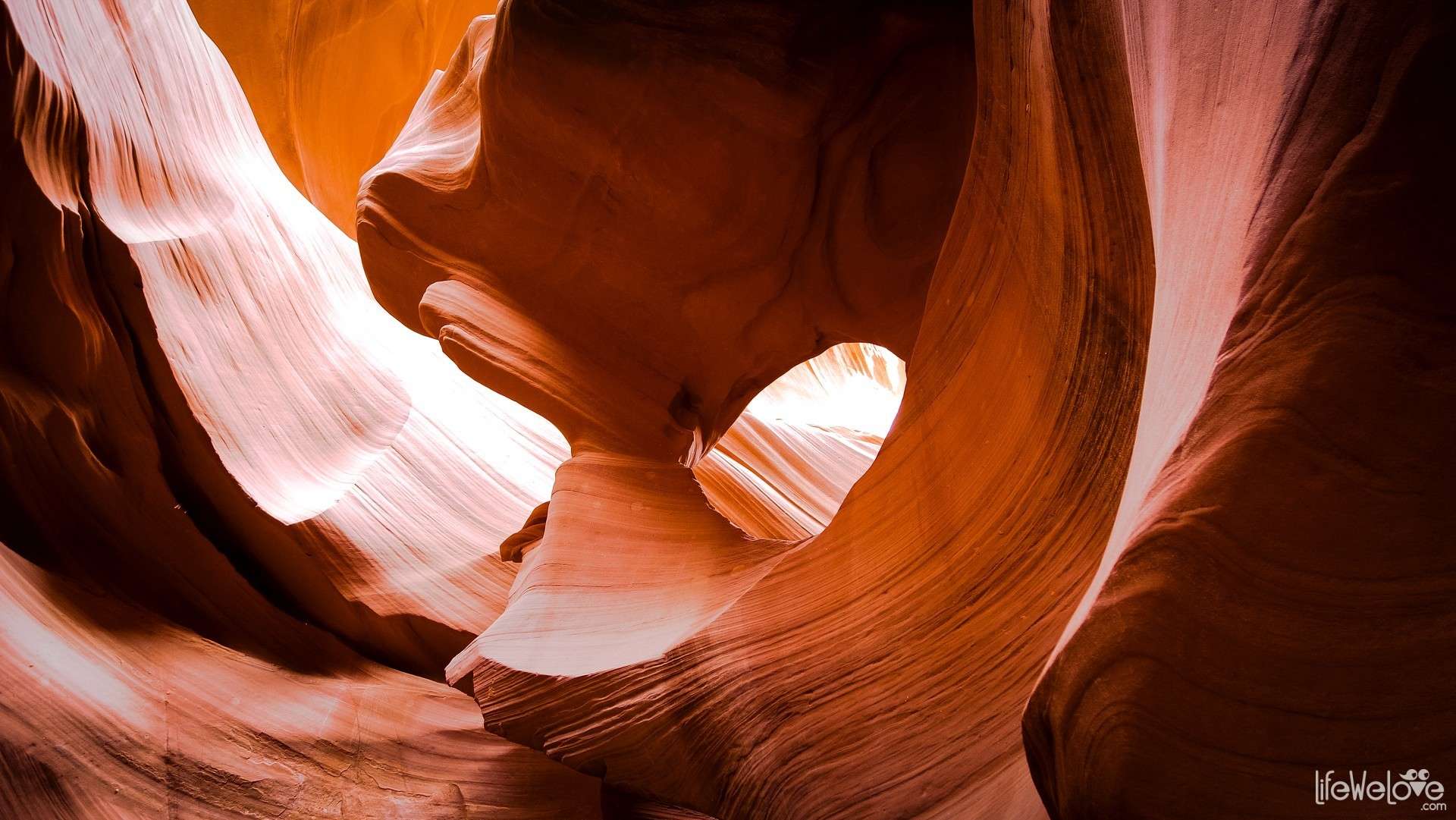
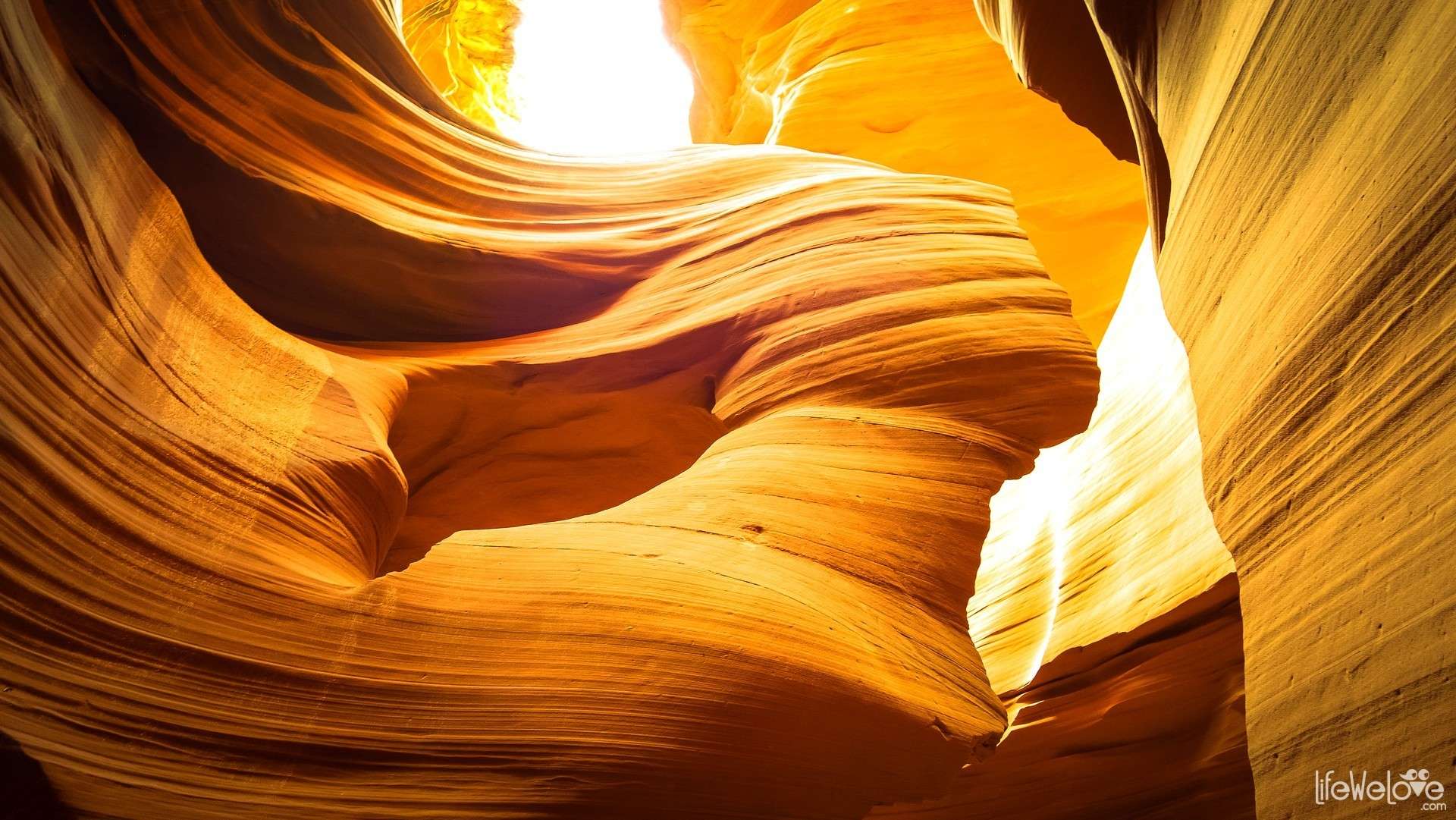
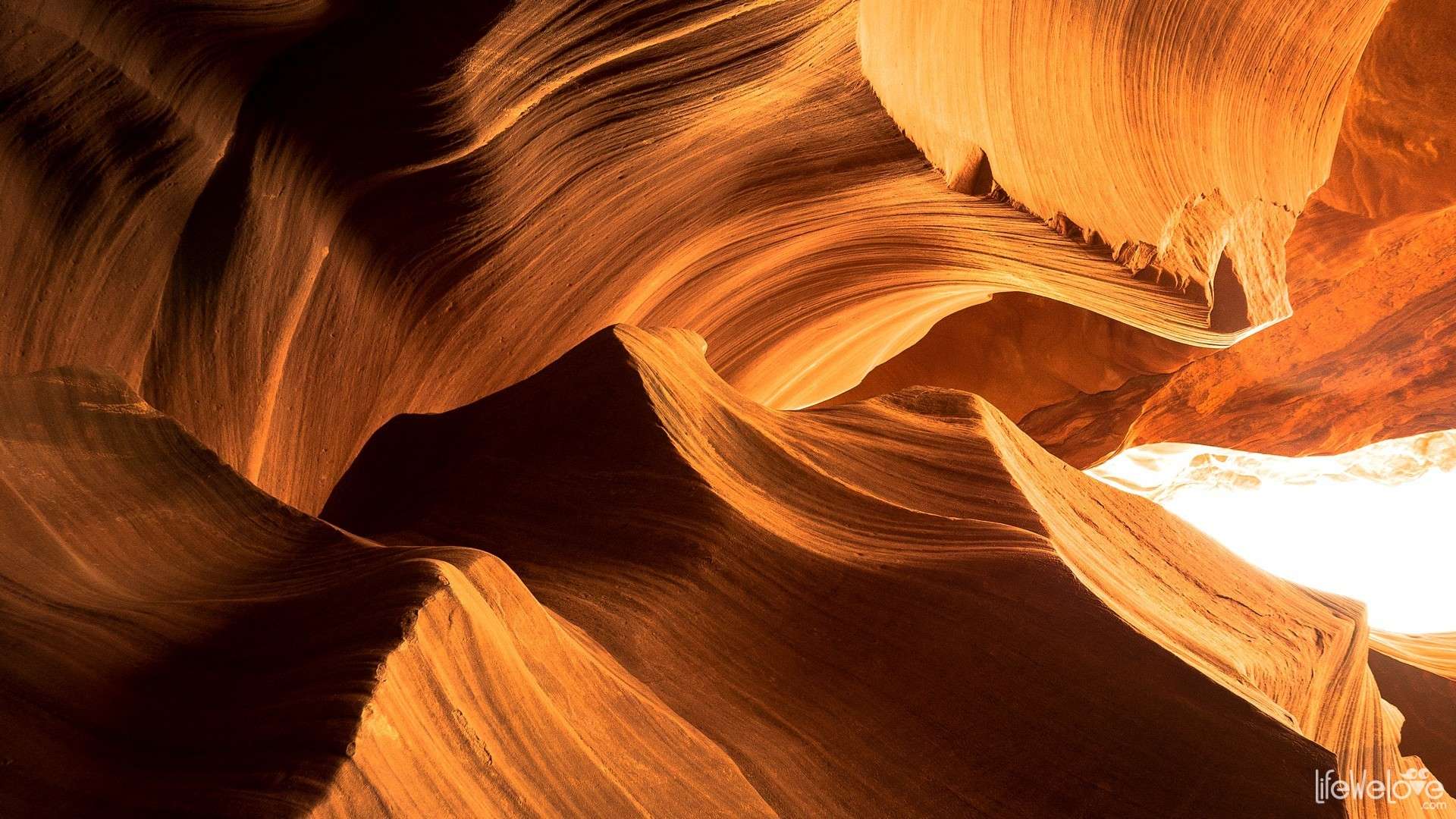

loading map - please wait...
| Antelope Canyon Lower Antelope Canyon, LeChee, Arizona, Stany Zjednoczone | |
51 19

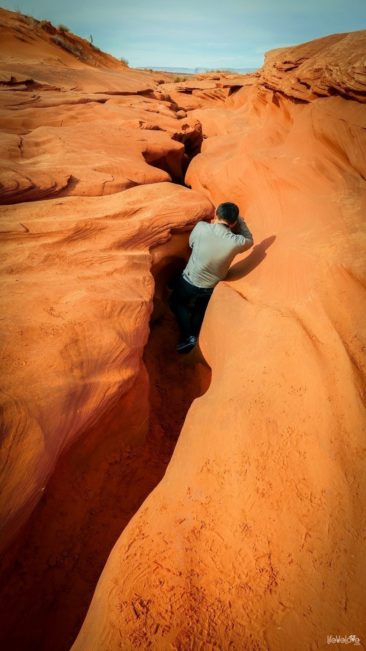
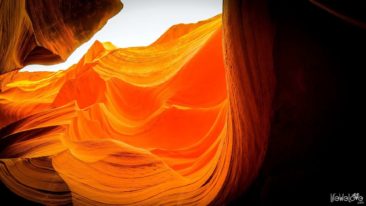
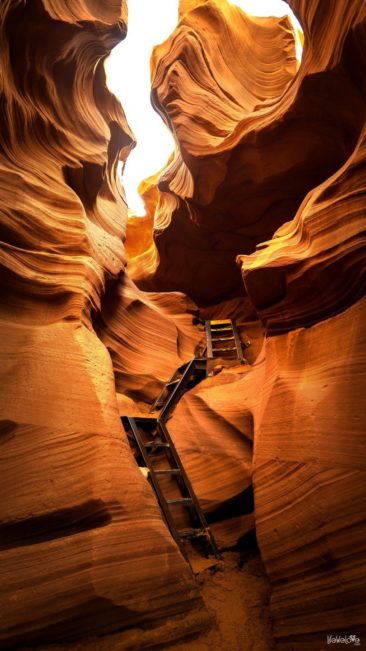
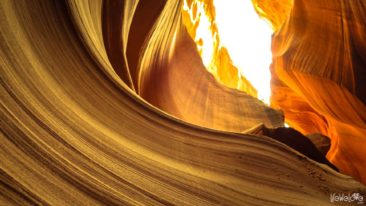
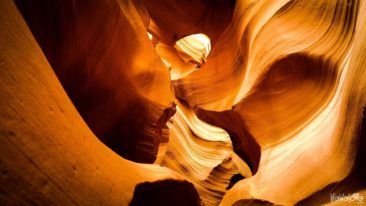
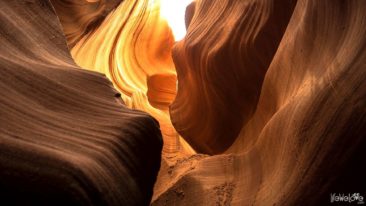
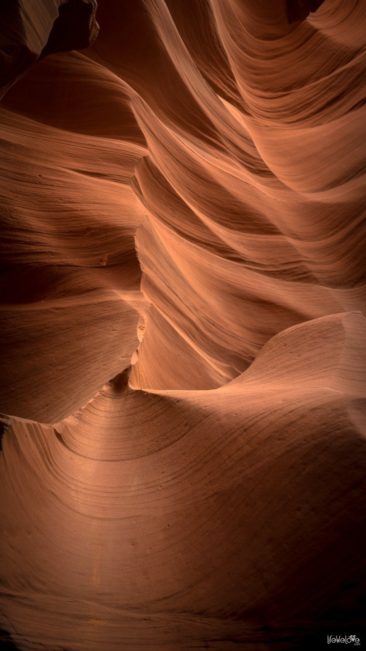
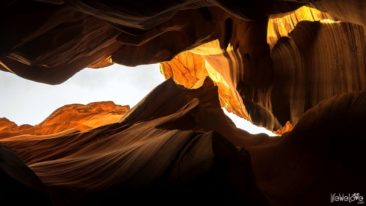
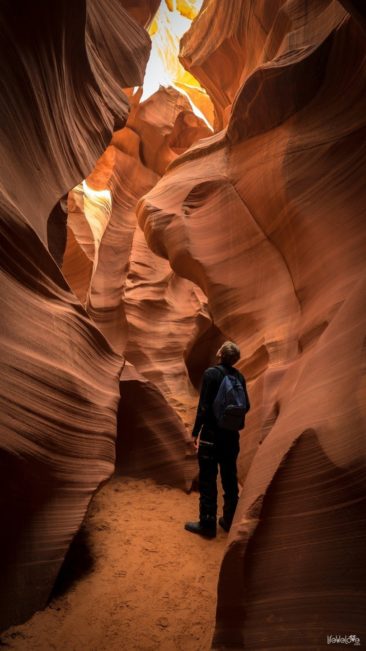
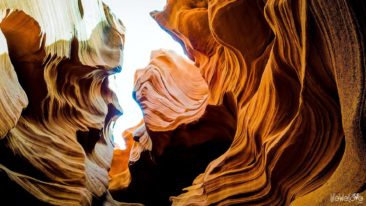
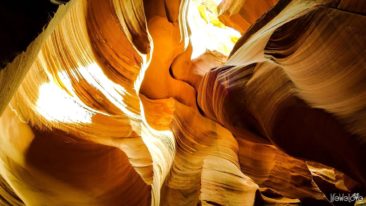
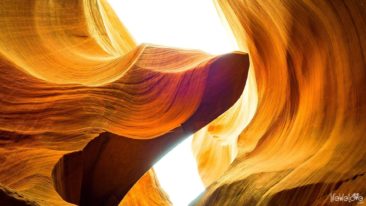
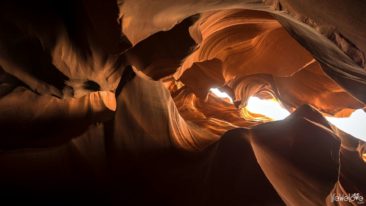
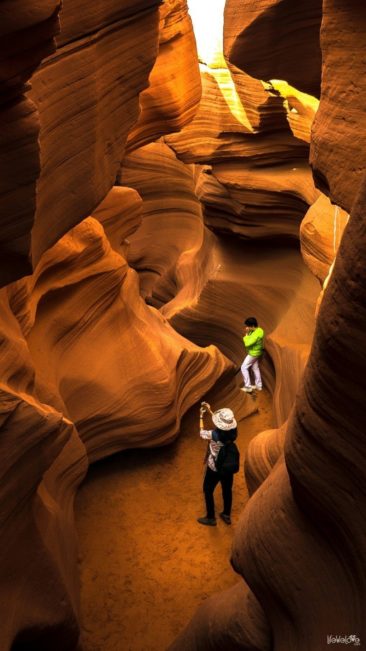
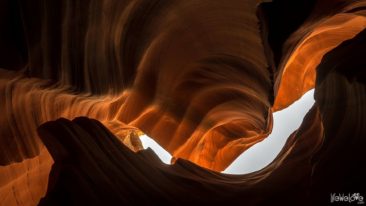
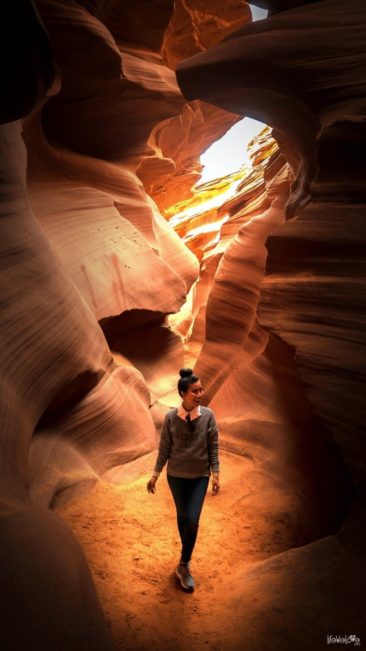
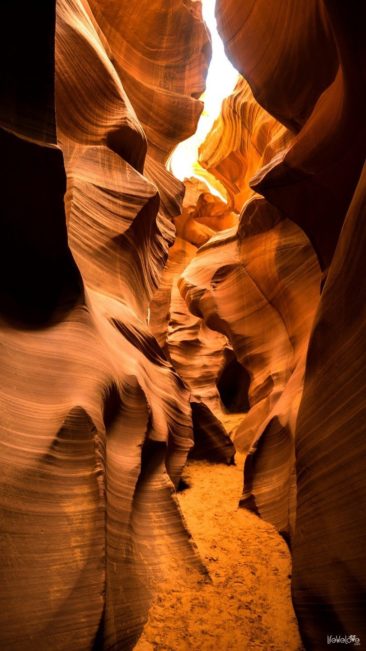
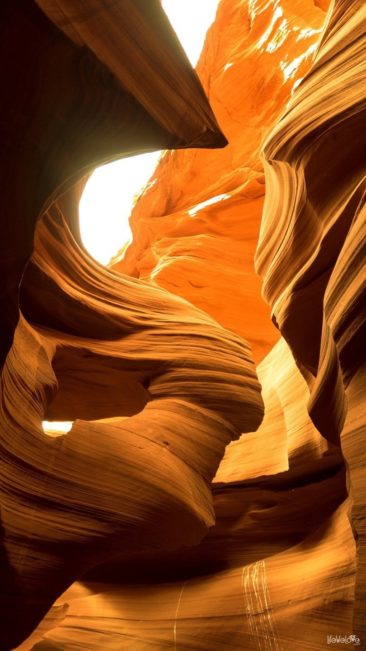
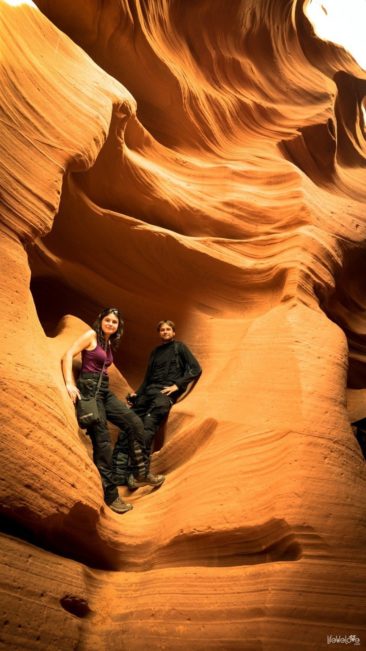
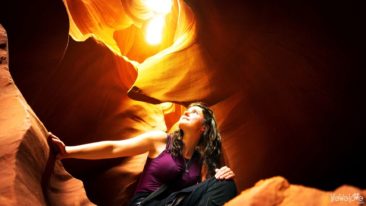
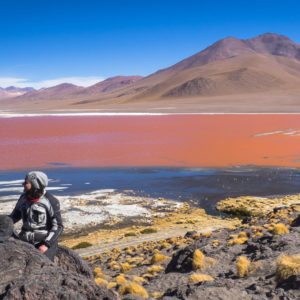

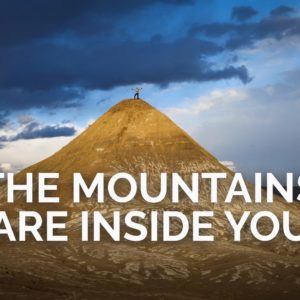
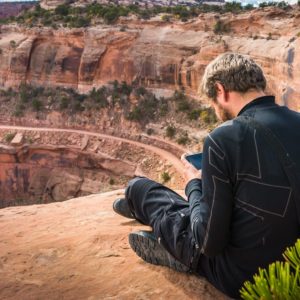
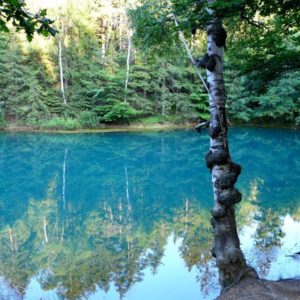
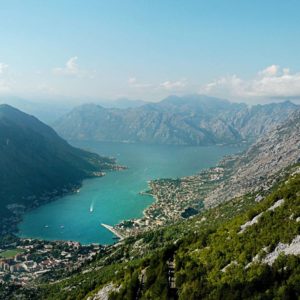
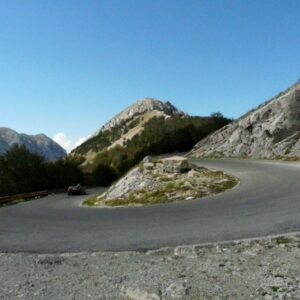
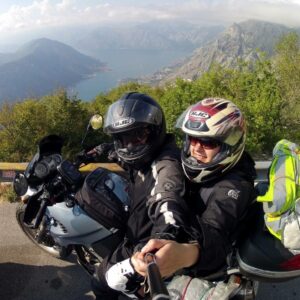

Sandra Policht
:) https://lifewelove.com/wp-content/uploads/2016/10/antelope-canyon-entrance.jpg
Liwia Klich
Ale wyczaiłaś! ;)
Rafał Lidtke
Przepiekne…..
Liwia Klich
Miejsce nas urzekło. Wcześniej oglądaliśmy tylko w katalogach i myślałam, że zdjęcia były przekolorowane… dopóki tam nie trafiliśmy!
Magda Turczyn
Ależ to pobudza wyobraźnię! Fantastyczne miejsce i mistrzowskie ujęcie!
Dan Pettigrew
Thank you for sharing, sometimes it takes a tourist from another country to remind a person what needs to be seen in his own country.
Lifewelove
;)
Art Fil
jak tam z wejściem? limituję ilość ludzi dziennie?
Lifewelove
Tak, grupy kilkunastoosobowe max, ale wchodzą mniej więcej co 20 minut i jak trzeba to nawet 2 na raz, z 2 przewodnikami. My byliśmy w październiku i weszliśmy na luzie z wyjątkowo małą grupką. W sezonie jednak polecalibyśmy zarezerwować sobie miejsca w danej grupie, zwłaszcza żeby się upewnić, że wchodzisz około godz. 11, kiedy promienie słońca wpadają do środka. Wtedy najlepsze foty.